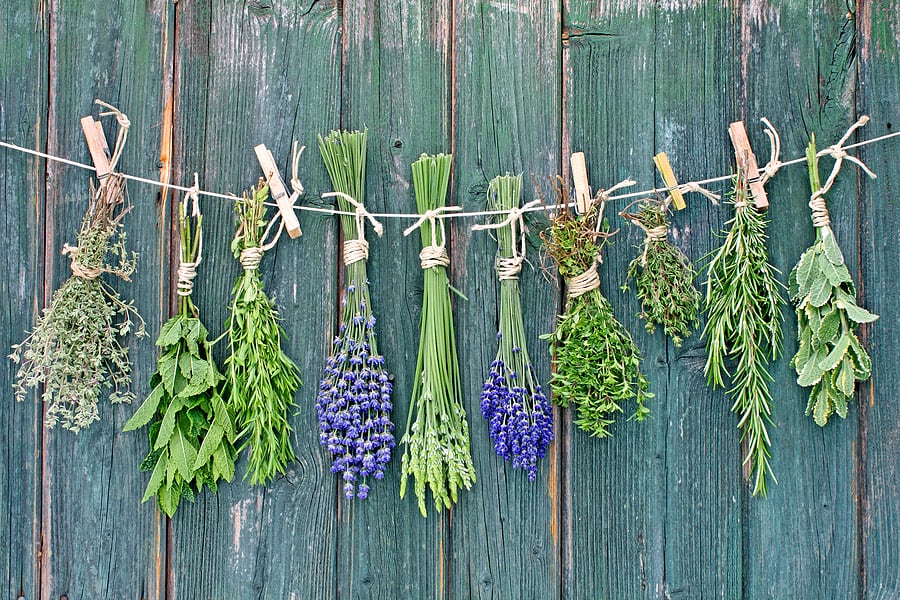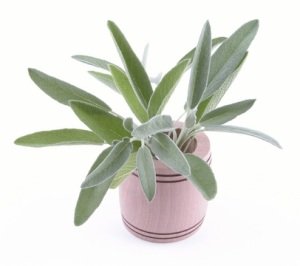I’m doing this post because this is something I’ve been thinking about all week. I am moving to a new apt in April and my new room has a dreaded north facing window! I must have plants in my room. So, all week I’ve been scouring the interwebs trying to find the best low-light indoor houseplants. Here are some that I found.
Snake plant, Sansevieria trifasciata
 |
| Image: Mother Nature Network |
These are super hard to kill...unless you give them too much attention. Overwatering is the biggest issue people have with these. If you aren’t great at remembering to water your plants, this is the one for you. Allow your snake plant to dry out some between waterings. I actually already do have snake plants (woo) and I water mine about every two weeks.
Pothos, Epipremnum aureum
 |
| Image: Rooted in Design |
Pothos is another super tough plant that can thrive in low light. Actually pothos can thrive in any lighting situation. When I had a room with no windows, I had pothos growing all over my room. This plant is great because you can vine it all around. It’s a nice one for bathrooms as well. And propagating new plants from cuttings is so easy. I have a couple cutting that have just been growing out of a little thing of water for over a year!
Parlor Palm, Chamaedorea elegans
 |
| Image: Houzz |
Swiss Cheese Plant, Monstera deliciosa
 |
| Image: The Garden Glove |
This is another awesome big tropical plant for low-light. It can grow up to 10ft over the years! The young leaves are smooth but as it matures they will develop long slits and holes. This plant still needs some light though. If it doesn’t get enough the leaves will start growing without slits and holes so they can have more surface area for catching the light. In the wild, this plant will climb up trees. You can attach its aerial roots to a moss pole of stick them down in the soil. The bottom leaves will yellow if you’re overwatering.
Plumosa Fern, Asparagus setaceus
 |
| Image: Domino.com |
Rubber Plant, Ficus elastica
 |
| Image: Popsugar |
These are super tough plants. They can grow huge! You can prune them to grow how you would like though, unless you really want a 50ft tree in your house. (If you do, I’d really like to come visit.) The rubber plant does well in low light and doesn’t like cold drafts. During its growing season the plant should be kept moist but during its dormant season it can be watered once or twice a month. It will show you if it needs more water. It’s leaves will droop or turn brown and fall off. Know a friend with a rubber plant? Well it’s super easy to propagate a new one from a cutting. Make sure you ask them first!







